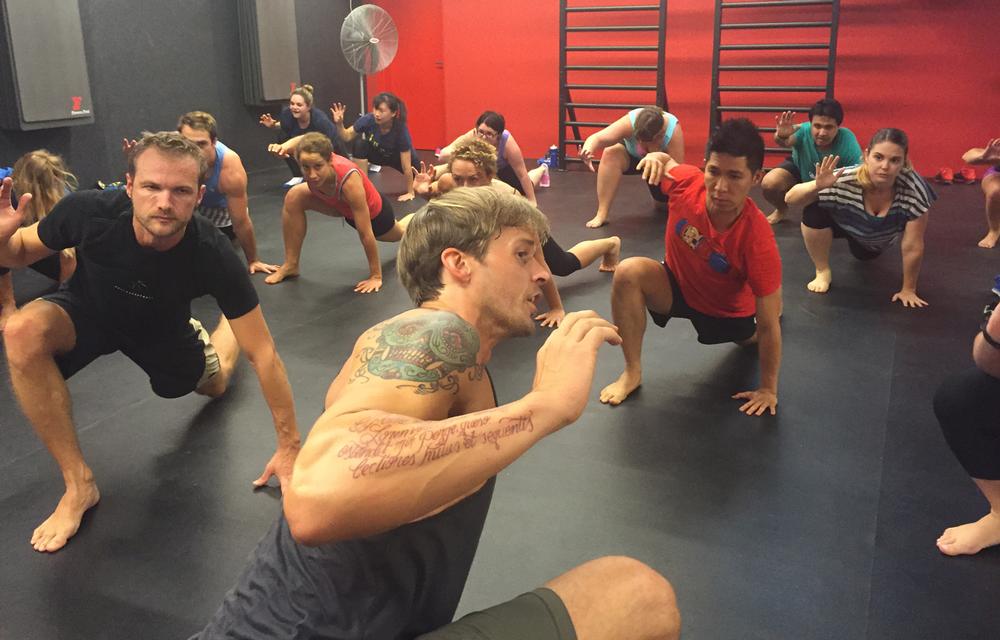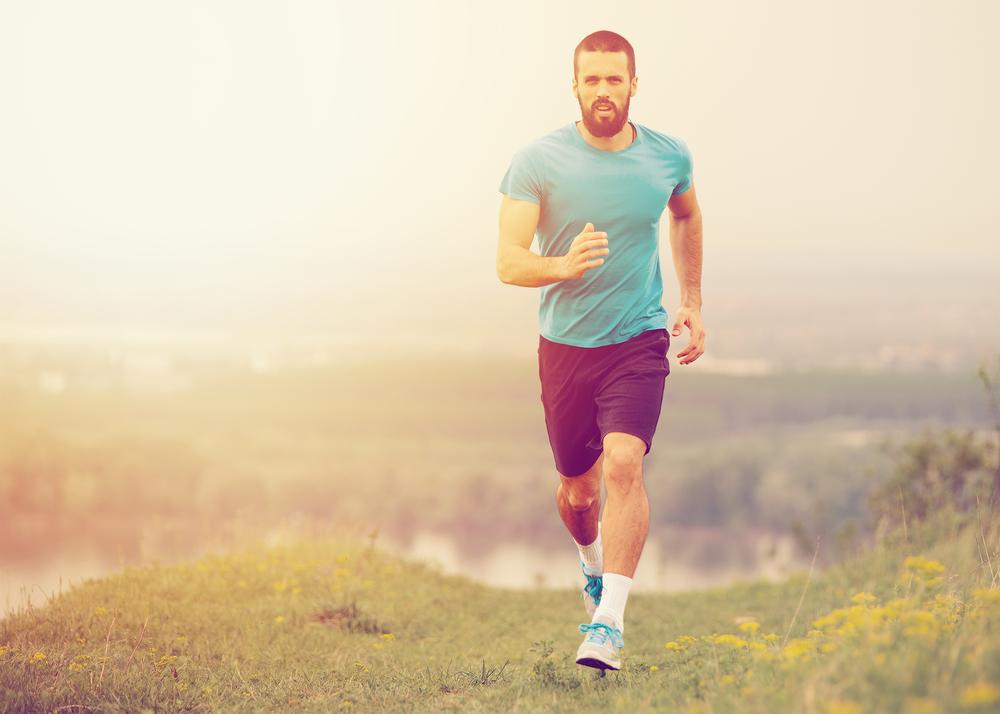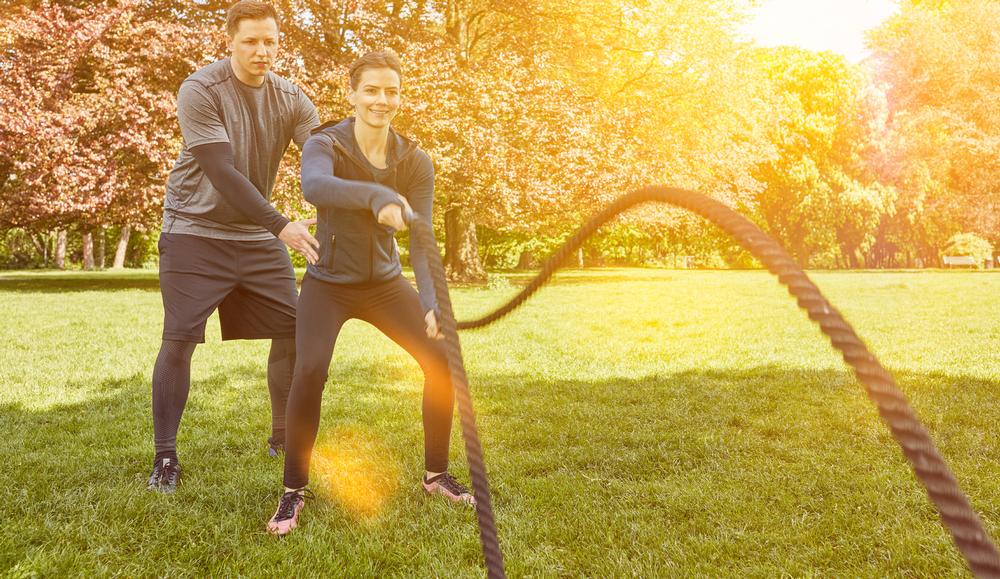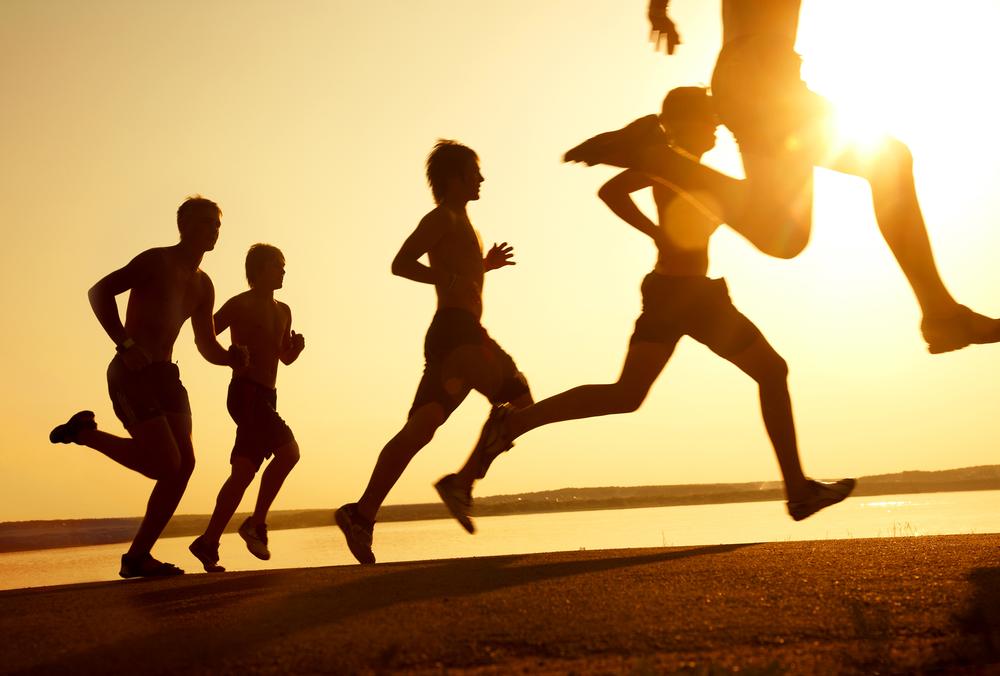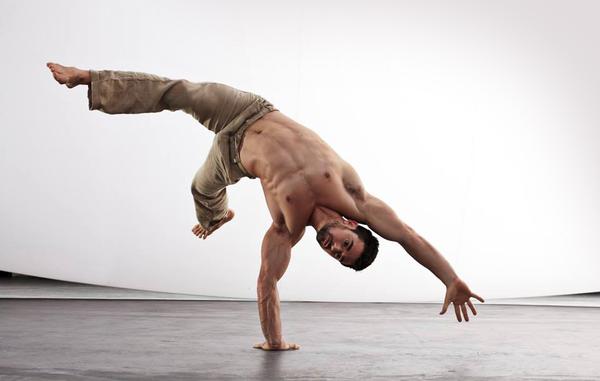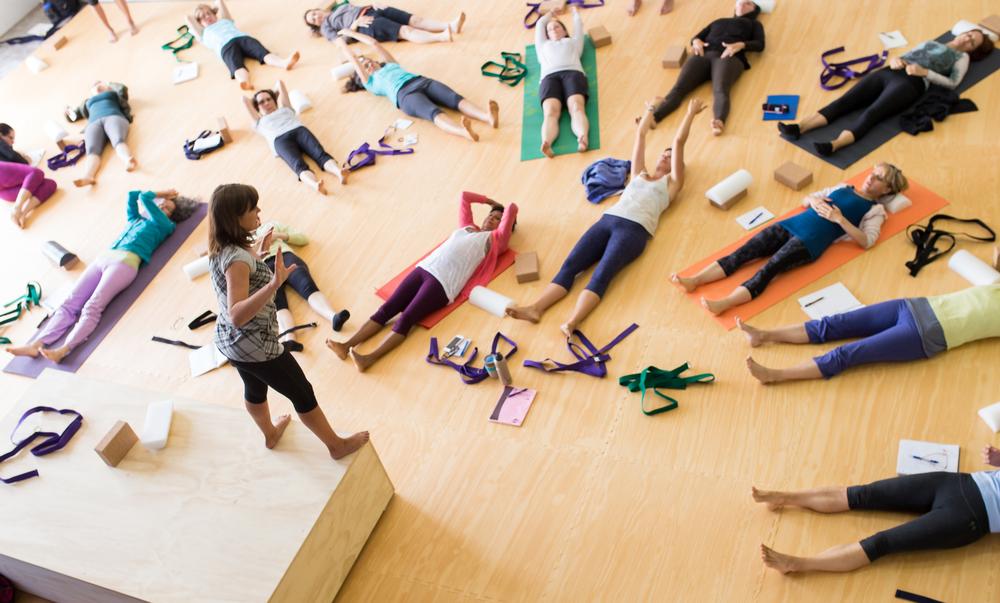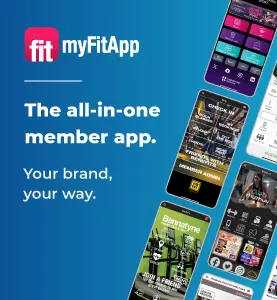Are the choices we make on a daily basis leading to the human race becoming increasingly sedentary and divorced from nature?
Indeed, the more affluent we become, the worse it seems to get.
Despite being an amateur triathlete, I was shocked to realise I fall into the active but sedentary category. I train four times a week, but spend about eight hours a day sitting down at a computer, and on an average day I only walk about 5,000 steps.
“Maybe you walk a lot or ride your bike every day, but the latest research shows you can be actively sedentary,” according to author Katy Bowman. “If you exercise an hour a day, seven days a week – and who does? – your movement time is 420 minutes out of a possible 10,080 – 4 per cent of your time.
“The other 96 per cent of your weekly minutes is spent the same way as the non-exercisers: in the same home furniture, in the same office chair, staring at the computer screen, with arms and necks frozen, wearing the same posture-altering footwear.”
Our lifestyle habits have changed, but our physiology is the same as it was in our hunter/gatherer days. We should be walking more and doing a range of movements, like squatting, climbing and using our arms, Bowman says.
“Our bodies don’t need seven hours of exercise a week. They need more like eight hours of movement a day, or 3,000 minutes a week,” she says. “Hunter/gatherers would have engaged in about 10 times as much movement, which makes a huge difference when it comes to the strength of a tissue like bone. Our lack of movement is causing muscles, bones and cells to starve.”
Nutritious movement
Bowman says that although we have come to realise the importance of a varied and nutritious diet, there is a lack awareness of the need for varied movement, or what she calls nutritious movement. “People need to eat a huge variety of movement nutrients and need to eat them way more often,” she says.
“Most people aren’t getting the full spectrum of movement nutrition necessary for human function. Some of the signals of a poor movement diet could be diseases like osteoporosis, bad knee or backs, frequent headaches, pelvic floor problems, or digestive issues. The chances are people are either lacking movement nutrition entirely, or they are eating a ton of movement oranges; meaning they use the same types of exercise moves over and over again. We need as much variety in our movement as we do in our food.”
A reason this is happening is because of the societal move to outsource everyday movements. Deciding to hire a gardener or a cleaner – often to free us up for more desk-based work – might be a conscious decision, but we may also be outsourcing movement unconsciously.
Bowman cites electronic car keys as an example. “To avoid moving around a car to unlock it, or avoid turning our wrists, we have accepted plastic (future landfill) and a battery,” she says. “Making these car keys has required other humans, elsewhere in the world, to labour, extract resources from the earth and sometimes even wage war. Sedentarism is linked to consumerism, materialism and destruction of the planet. In order to move less, we expect someone else to move for us.”
Processed movement
Obesity and inactivity are the biggest health crises of our time, which could put the NHS out of business. Exercise professionals believe they have the answer and the gym industry is chomping at the bit to partner the NHS in helping people to be more active and lose weight. However, Bowman believes that exercise for the sake of exercise and repetitive movements in a gym aren’t sufficient to maintain a healthy body.
She says that this is the movement equivalent of processed food.
“Our response to this lack of movement indoors is to eat fewer calories and boost the intensity of our one hour of exercise,” Bowman says. “But we should be focusing instead on creating a movement-rich life.
“It’s vitally important to your health, down to the cellular level, that you use your body in as many ways as you can, for as much of the time as you can: get a standing desk, walk to work, sit on the floor instead of the couch. Of special importance are those movements we’d be using a lot were we were still living as hunter/gatherers, like walking for miles, squatting, climbing trees and using your arms for something other than typing. These movements, which have been natural to humans for thousands of years, are essential to physical processes like digestion and circulation.”
As well as moving more of our bodies, more often, Bowman says we need to be spending more time outdoors. Getting outside, in nature, has crucial health benefits, says Bowman.
“Light, vitamin D and distance-looking are all aspects of being outside,” she says. “Dirt and fresh air are good for the body, as are varying temperatures and interaction with phytoncides, the airborne chemicals emitted from plants to protect them from rotting. Like trees, our bodies adapt to the environment and currently they are adapting to an indoors, seated environment where we look at something two feet away.”
Stacking your life
It might seem hard to find the time to be outside, as well as doing everything else we need to do in a day, so Bowman has come up with a concept called “stacking”, or meeting multiple needs with one activity. Walking while making your work phone calls is stacking – although she points out that you should be walking within work time, not making work phone calls during downtime in nature.
“Going for a 30-minute walk to strengthen your muscles and burn some calories is an example of exercise,” says Bowman. “But walking a mile to the store to pick up something for dinner is an example of movement. They use muscles in the same way, but there is a big-picture difference regarding how biological needs are being met.”
Bowman argues that the conditions affecting our society, such as obesity, cardiovascular disease, cancer and osteoporosis, have been brought about by our attempt to live outside of nature. We live inside walls that limit how far we can see, chairs that prevent our hips and knees from bending all the way to get us to the floor, and thermostats that keep our body temperature at a constant, with no physiological work involved.
Added to this, Bowman says that there are entire categories of movement missing from the list of recommended exercises for health, which is why exercisers, couch potatoes and manual labourers who do a lot of repetitive movement are all prone to the same diseases and joint replacements. They are all engaging in limited motions of exercise, for a limited period of time, which will not solve the problems created by our sedentary lifestyles.
Outside the box
So, is there anything the health and fitness industry can do to help? “Health and fitness providers could help by presenting exercise in a broader context of movement,” says Bowman. “Teaching the difference between movement and exercise, stating that it’s not only exercise we need, but all-day movement. The exercises they teach can prepare people for more varied movement.”
Health and fitness operators need to think outside the box and make sure they are offering enough choices for people to move in a range of ways. They should educate members about the importance of doing so and ensure they have a varied, and therefore nutritious, programme of exercise on offer.
As well as encouraging members to think about being active all day – active commuting, taking desk breaks to move and walking while making phone calls – Bowman says gym owners could be getting their members outside more, for example with group exercise classes in the park, walking or running groups, or urban fitness classes such as StreetGym.
Activities such as yoga and pilates incorporate a wide range of movement and there is also a growing trend in the US for classes that incorporate a range of natural movements, such as MovNat, Animal Flow and the Ido Portal Method.
Finally, Bowman explains why it helps to have fewer possessions: “We have mistakenly equated getting more stuff with getting more out of life, but our possessions often present a physical barrier to getting the essentials we really require. I've gotten rid of most of the furniture in my home – chairs and sofas, dining room chairs. We have a low table to eat from and the sprung bed has been replaced with a futon, in order to help improve the mobility of our knees, hips and ankles.
“We need more movement, more awareness, more time with family and friends, more time in nature with family and friends. We need to minimise the stuff in our lives but maximise our natural structure to create a robust body within a robust community in a less taxed environment.”








